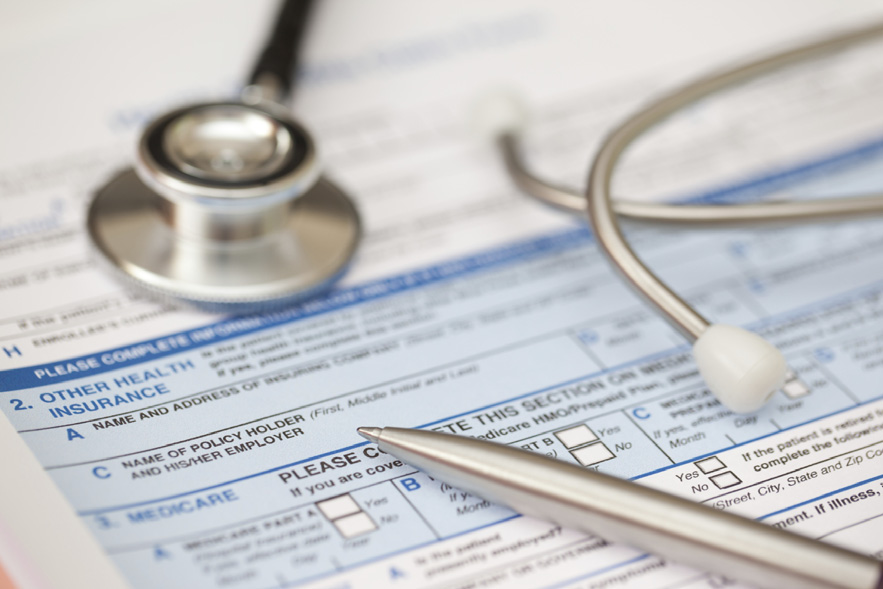With year-end tax planning upon us, it important to shed light on updates of the 2017 Tax Cuts and Jobs Act.
It was the TCJA that introduced the 20% qualified business income (QBI) deduction for trades and businesses. One question that required clarification was how does your business know if its rental real estate activity qualifies as a trade or business? The foundation of this answer lies within Rev. Proc. 2019-38. Understanding where your business/trade stands within its rental real estate activity will be crucial come tax season.
According to Rev. Proc. 2019-38, safe harbor may be used by taxpayers and relevant pass-through entities. These taxpayers/entities must either own a direct interest or an interest through a disregarded entity in a “rental real estate enterprise” in order to qualify. With this in mind, there are four requirements to be met to qualify as an RPE under the safe harbor:
- Each rental real estate enterprise must maintain separate books and records to reflect its income.
- Rental real estate enterprises in existence:
- < four years must perform 250+ hours of rental services per year.
- > four years must perform 250+ hours of rental services in three of the five consecutive tax years that end with the current tax year.
- If tax years begin on or after Jan. 1, 2020, taxpayers must keep records of time reports, logs, and more.
- If the taxpayer relies on the safe harbor, the taxpayer or RPE MUST attach a statement to an original tax return for each tax year the safe harbor was relied on.
Triple net leases still do not qualify under the safe harbor.
contact a member of the Tax Services Group.
Of course, not all businesses/trades will qualify for the safe harbor. In this instance, there are other methods to qualify outside of the safe harbor. As also stated in Rev. Proc. 2019-38 (as well as the article itself) taxpayers can qualify for “the business income deduction if they can meet the definition of a qualifying trade or business under Code Sec. 199A.”
Business Tax Services




